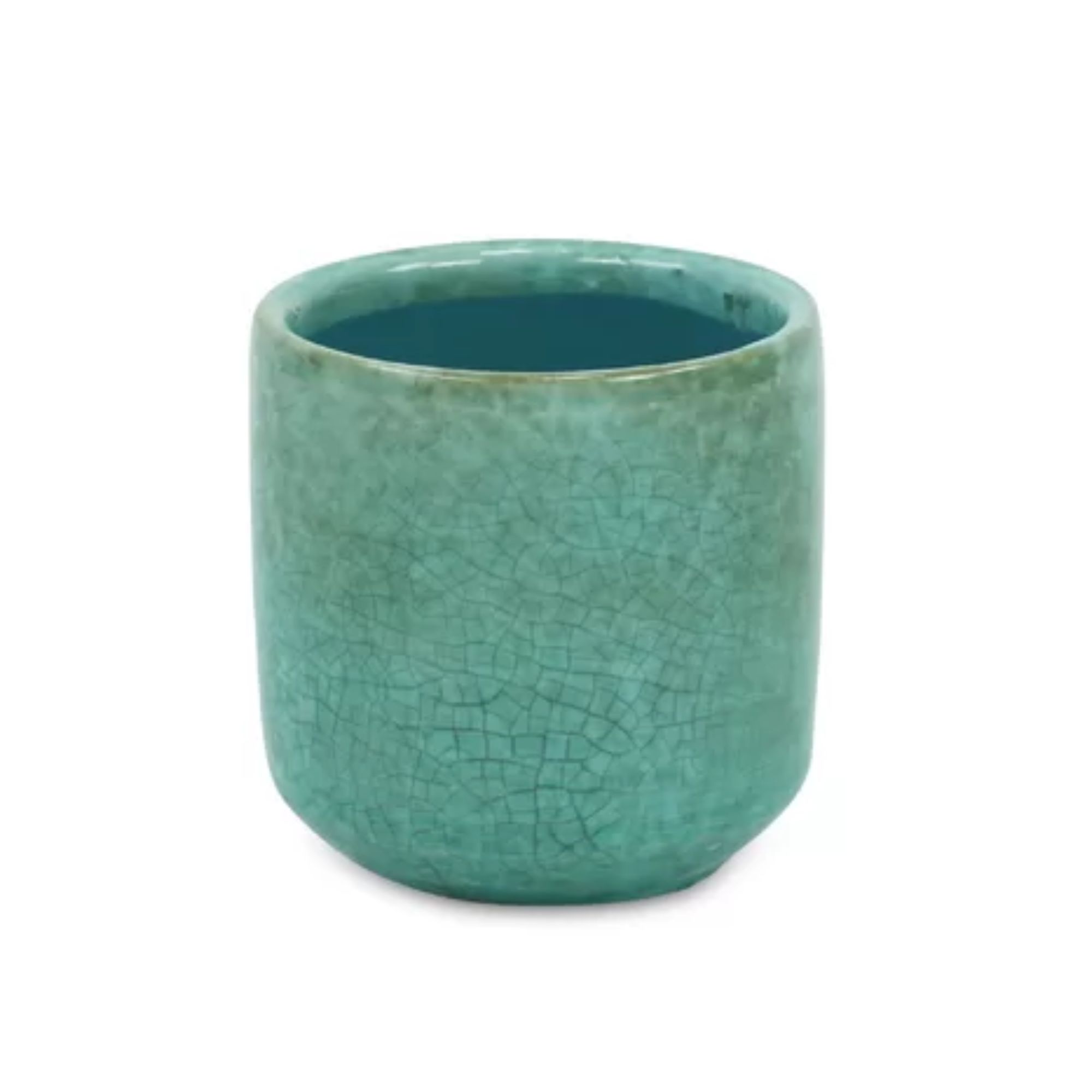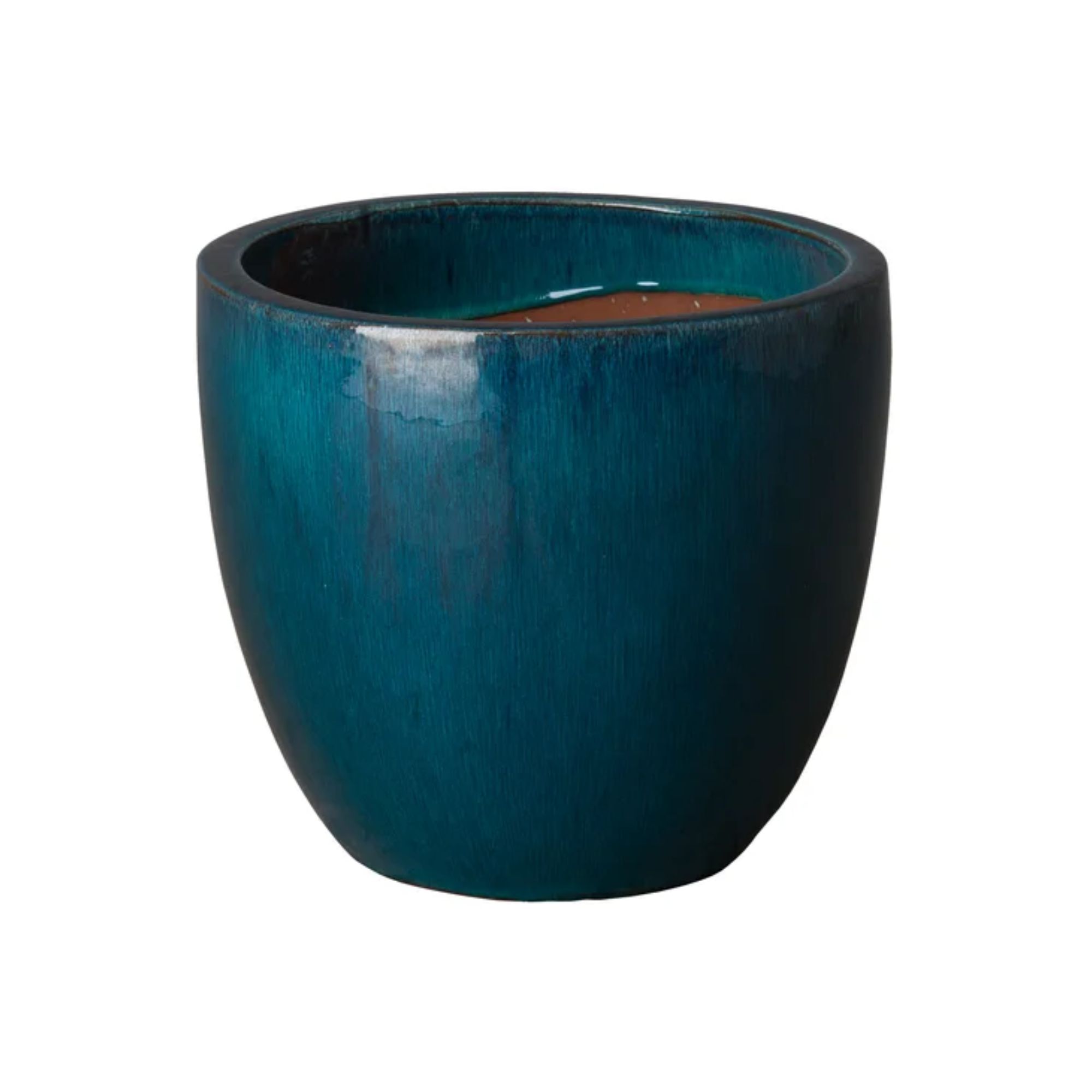Where to place a Chinese money plant to bring prosperity, success, and positive energy to your home, according to Feng Shui experts
The money plant, with its coin-like leaves, is auspicious in Feng Shui for attracting wealth
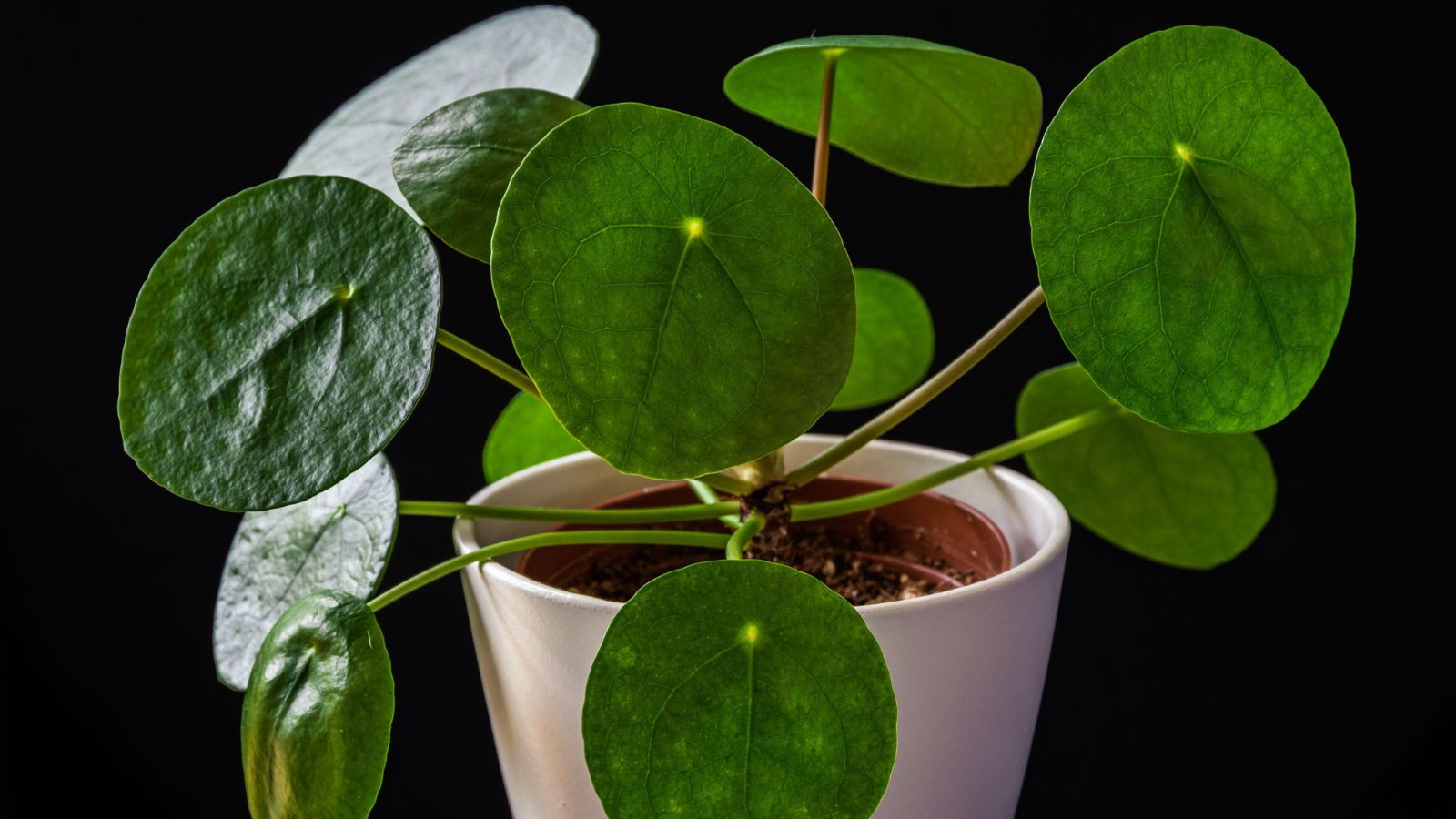

Have you considered that the way you arrange plants in your home can influence the energy around you? According to Feng Shui, the Chinese money plant (Pilea Peperomioides) is one of the most powerful symbols of prosperity, and its placement plays a key role in attracting wealth, good luck, and positive energy into your space.
By positioning this auspicious plant in the right areas, you can enhance financial abundance, promote harmony, and create a more balanced, uplifting environment. Knowing how to grow and care for Chinese money plants is also essential to maximizing their Feng Shui benefits, making the right placement even more important.
But where exactly should you place a money plant to maximize its benefits? Feng Shui experts share their top recommendations on how to use Feng Shui energy mapping to position this lucky houseplant to bring good fortune into your home.
Why are money plants an auspicious choice according to Feng Shui?
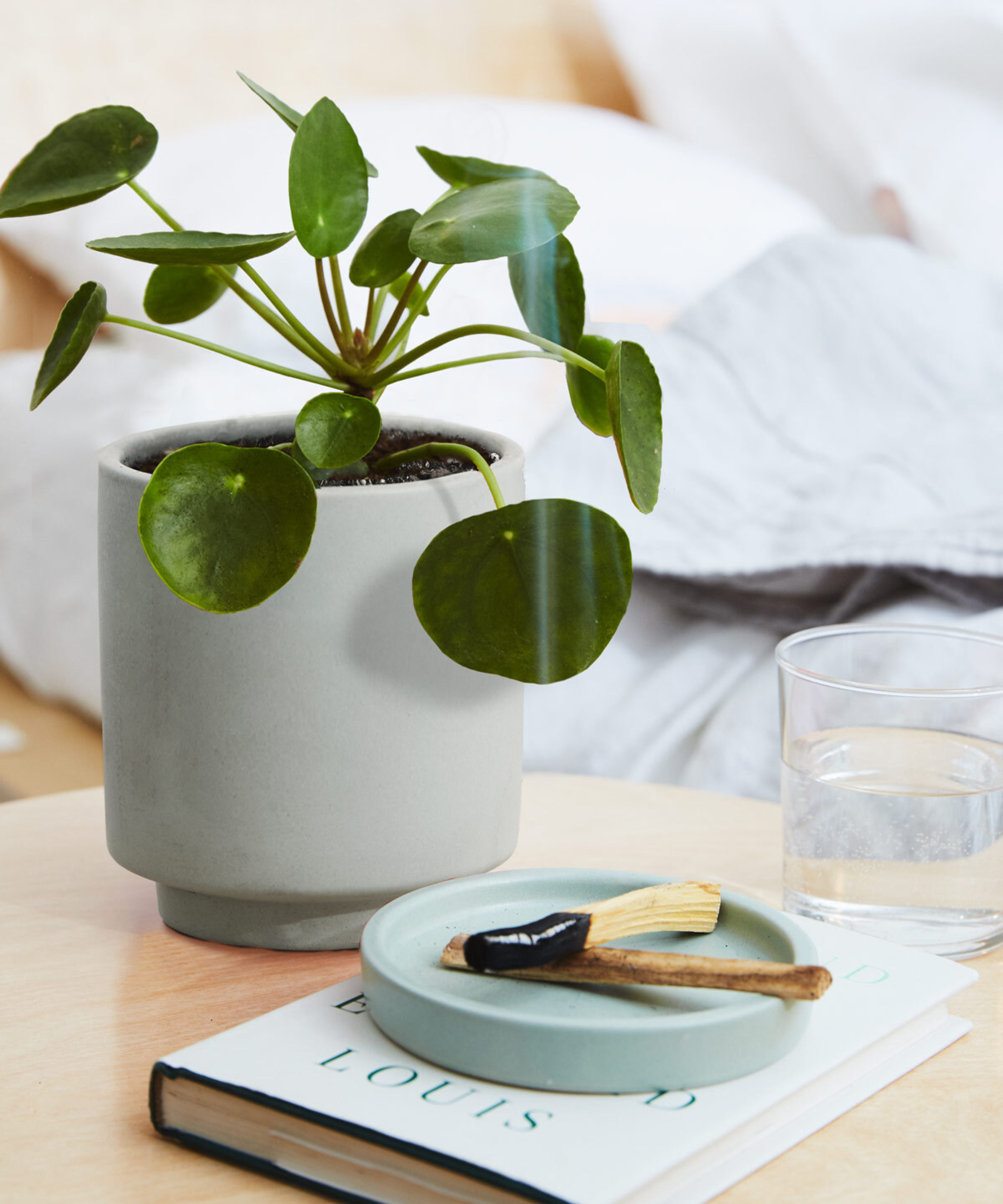
'In general, living green plants bring life qi (life force energy) into your home's Feng Shui,' explains Anjie Cho, practising architect, Feng Shui and Dharma arts teacher, and author. 'Plants bring in health, vitality, and growth. They also bring nature inside, creating a connection to the natural world within our interior spaces.'
With their round, coin-like leaves, Chinese money plants are considered highly auspicious in Feng Shui and are believed to attract financial success and prosperity.
Interiors therapist and Feng Shui expert Suzanne Roynon explains, 'The jade plant (Crassula ovata), a type of money plant, is seen as auspicious for two reasons. First, it’s easy to propagate, creating an abundance of new plants. Second, its thick, shiny, juicy leaves, especially in rounder varieties, resemble coins. This is why it’s symbolically tied to wealth and prosperity.'
Feng Shui expert Hannah Yang adds, 'The plant is considered lucky primarily because of its appearance. Its round leaves resemble coins, which is a symbol of wealth. In Feng Shui, round objects are believed to promote positive energy, whereas spiky plants can disrupt this flow with their sharp edges.' Its lush, green leaves symbolize growth and renewal, infusing any space with fresh, vibrant energy.
Additionally, the money plant is said to absorb negative energy and purify the air, making it a natural purifier that helps create a harmonious, peaceful environment.
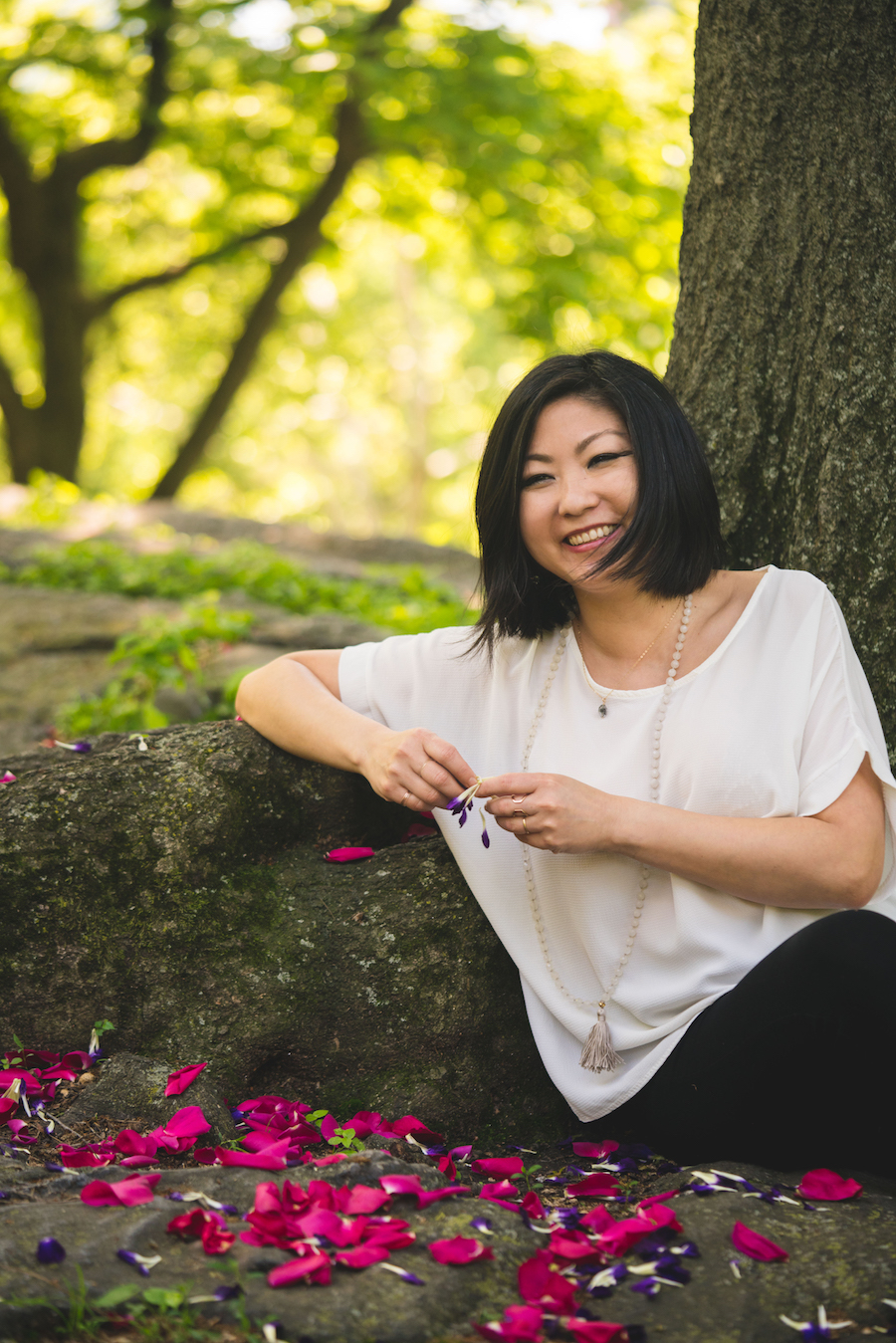
Anjie Cho is a creator of holistic spaces, specifically focused on designing architectural interiors, and teaching Feng Shui and meditation. She is the author of Mindful Homes and Holistic Spaces.

Suzanne is an Interiors Therapist, Feng Shui consultant, and author of Welcome Home, how stuff makes or breaks your relationship (at Amazon). She specializes in understanding the energetic impact of homes and certain possessions may have on all aspects of life, health and relationships, and the ways in which ‘stuff’ can actively prevent people and families from thriving and enjoying the lifestyle they deserve.

Visionary and healthcare entrepreneur by passion, Licensed Psychologist by training, Dr. Hannah Yang loves creating new possibilities in the world of mental health and wellness. Dr. Yang established Balanced Awakening in 2015 as a niche psychotherapy practice for women. She loves to empower women to be their best selves in all facets of life. Hannah also loves to tap into her passion for design and Feng Shui to create fabulous environments for herself, her team, and her clients.
Best locations for money plants according to Feng Shui
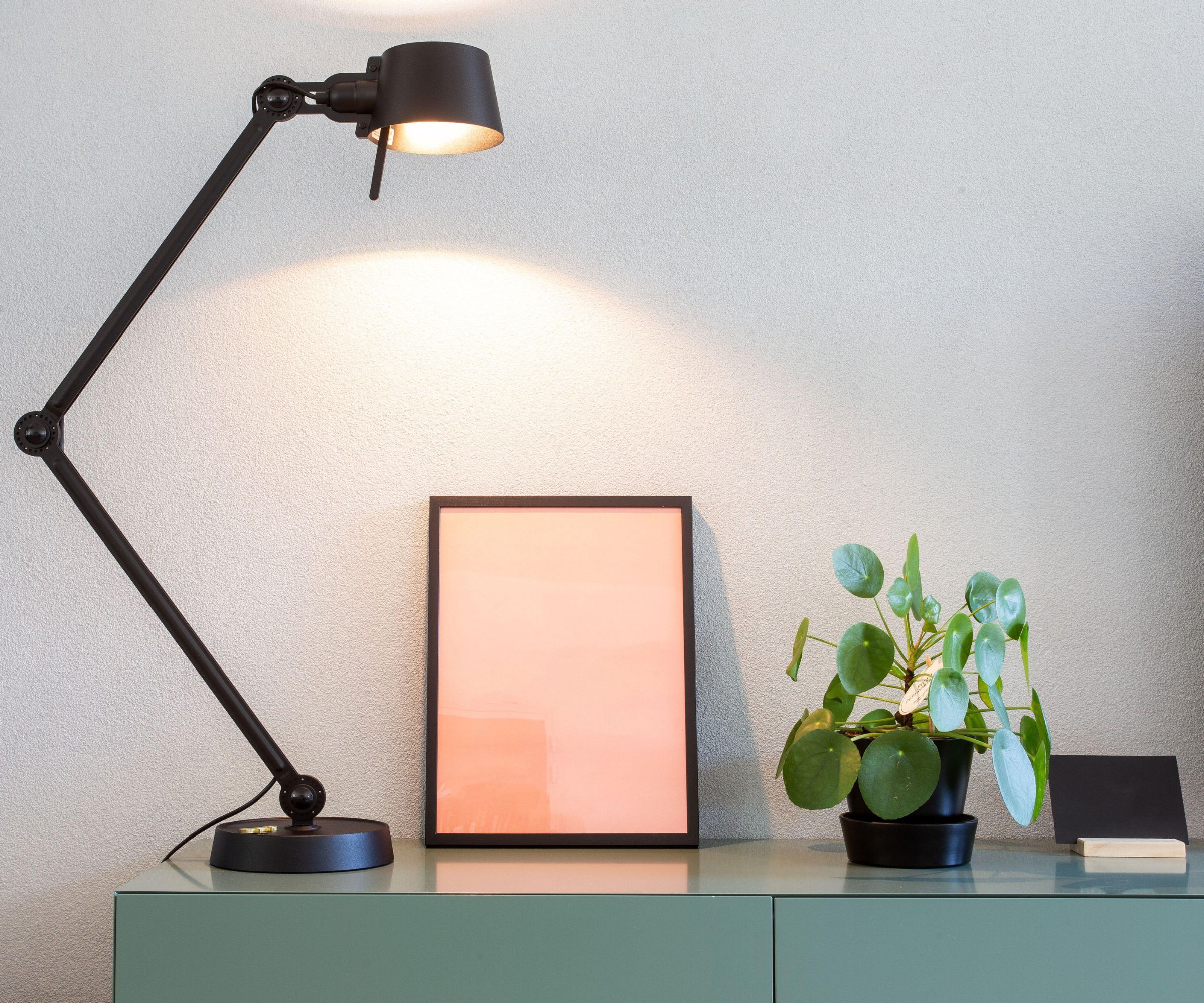
When deciding where to place a money plant for maximum prosperity, it's important to consider the different approaches within Feng Shui.
'In BTB Feng Shui, a bagua map is laid out in the floor plan of the home with the bottom of the map (a rectangle) lined up with the front door,' explains Hannah Yang. This method helps determine which areas of a home correspond to different aspects of life, such as wealth, health, and relationships.
On the other hand, traditional (or classical) Feng Shui relies on compass directions to determine energy flow. Suzanne Roynon emphasizes the importance of a home’s individual energy dynamics, stating, 'Whilst every home has unique Feng Shui according to its location, compass direction, build date and any remodeling which may have occurred, we can identify the specific energy centers within every home and work with them to improve the ambiance and invite in good fortune.'
Understanding these principles allows you to strategically place a money plant to harness its positive energy and maximize its abundance-boosting potential. Here are the best placement tips to help you attract prosperity and balance into your home.
The southeast or back left corner – The Wealth Area
'The wealth area in your space is designated by the auspicious bagua grid. Your personal area could be an entire room, a corner, or section of the home,' says explains Kathryn Wilking, author, decorator, Feng Shui expert, and podcast host.
'The bagua map looks like a tic-tac-toe grid. To locate your wealth area, visualize this grid while standing at your front door and focus on the top-left square and the one directly below it. These areas are typically associated with wealth. Ideally, this space is away from the front door and in a private, undisturbed location.'
In BTB Feng Shui, the bagua grid is always aligned with the front door, making the top-left area of the home the designated wealth corner. However, traditional Feng Shui follows the compass method, which dictates that the Southeast sector of a home is considered the true wealth area.
Suzanne explains, 'In traditional Feng Shui the southeast of a home is regarded as the area defining wealth and abundance, so this is an obvious location for a money plant.'
This placement is ideal for business owners, freelancers, or anyone looking to improve financial prospects. The water element, which represents fluidity and abundance, pairs harmoniously with the wood element of the money plant, creating a balanced energy flow that supports wealth accumulation and prosperity.

Kathryn is an author, decorator, Feng Shui expert and podcast host of 'Feng Shui Your Day'.
The east or middle-left corner – The Health and Family Area
Placing a money plant in the health and family area promotes vitality and stability within the household. This area governs well-being, relationships, and emotional balance. Its wood element supports growth and resilience, making it a great choice for strengthening family bonds and overall health.
In BTB Feng Shui, the health and family area can be located using the bagua map; again visualize a tic-tac-toe grid over your floor plan while standing at the front door – focus on the middle-left square.
In Traditional Feng Shui, the health and family area is associated with the east sector of the home.
The north corner or home office – The Career and Life Path area
The money plant is associated with financial success and career growth. Additionally, the plant is thought to act as a shield against negative energy, especially when placed near electronic devices or sharp corners in a room, making it an excellent addition to a home office or workspace.
In Feng Shui, the north sector governs career advancement and is linked to the water element, which symbolizes flow and new opportunities. A thriving money plant in this area is believed to attract promotions, financial stability, and clarity in decision-making.
Anjie Cho advises, 'You can place a money plant in the office to bring in more wealth into your work life. It can also go in the wealth corner of the office or home with the intention to grow prosperity.'
For maximum effect, place the money plant on the north side of your desk or in the north section of the room to enhance success and professional growth. Potting it in a black or blue container will enhance the water element, amplifying career energy.
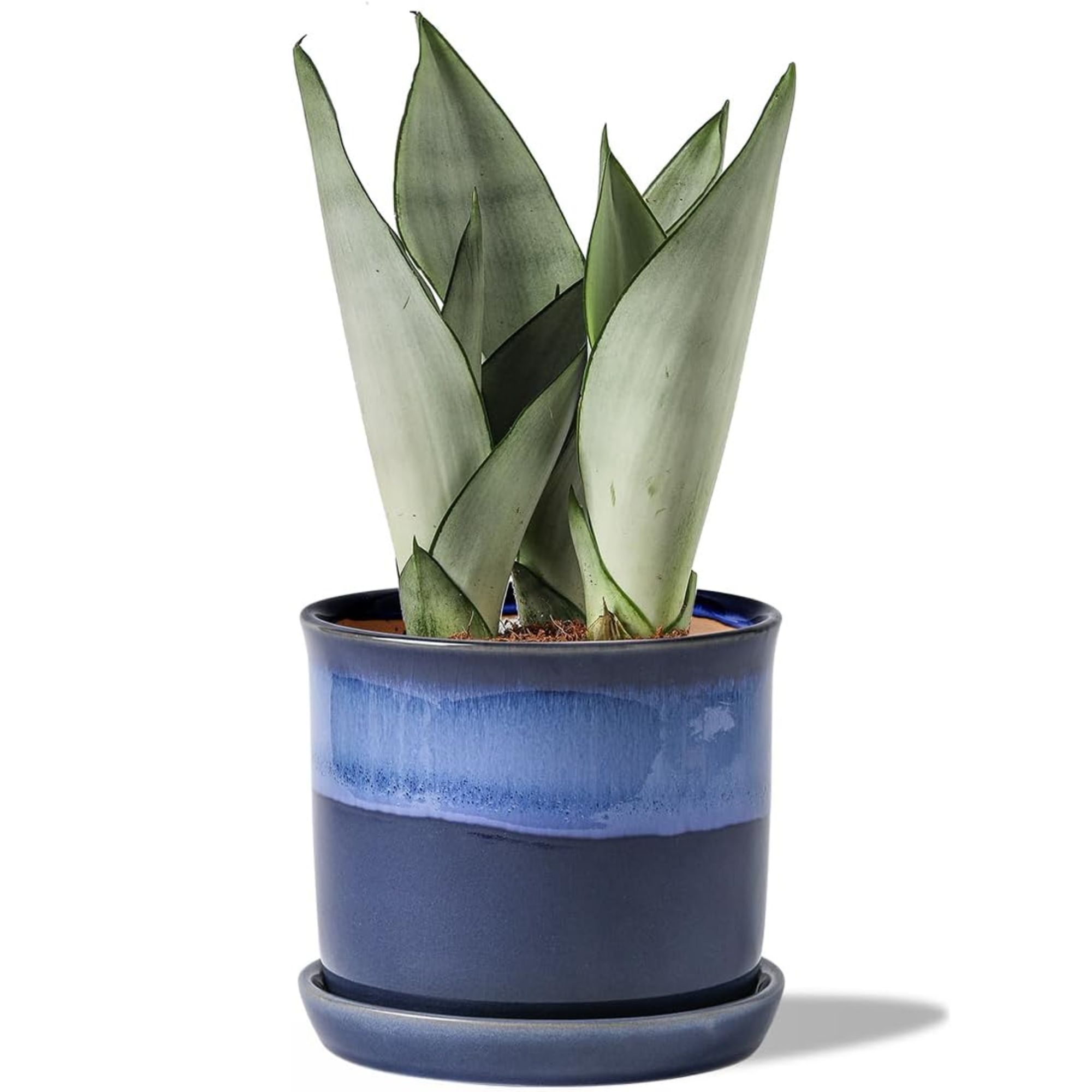
Placing your money plant in this blue pot can amplify career energy and support financial growth by fostering the flow of opportunities and success.
The living room – The Harmony in Relationships Area
Placing a money plant for living room Feng Shui is believed to support the well-being of all family members, helping to create a balanced and peaceful atmosphere. The lush green leaves of the plant are said to promote emotional stability and foster better communication, making it the perfect addition to spaces where families gather, such as the living room. Hannah Yang says, 'Place it somewhere that you spend a good amount of your waking hours to maximize its energy!'
In BTB Feng Shui, the living room can be part of your relationship and harmony area, particularly when the space aligns with the bagua grid's center or lower-right corner.
In traditional Feng Shui, the relationship area of the home is located in the southwest sector. A money plant placed in the southwest part of the living room enhances the harmony of the relationships between family members and loved ones.
The dining room – Wealth and Prosperity
In traditional Feng Shui, the dining room is closely associated with wealth and abundance, making it an ideal location for a money plant. The energy in the dining room symbolizes nourishment, not just for the body, but also for the home’s prosperity.
In BTB Feng Shui, the dining room can also align with wealth-related areas of your home based on the bagua map, particularly if it falls within the southeast corner. By placing a money plant here, you invite positive energy that supports the growth of wealth and helps to attract financial stability into the home.
Where to place a money plant to keep it thriving
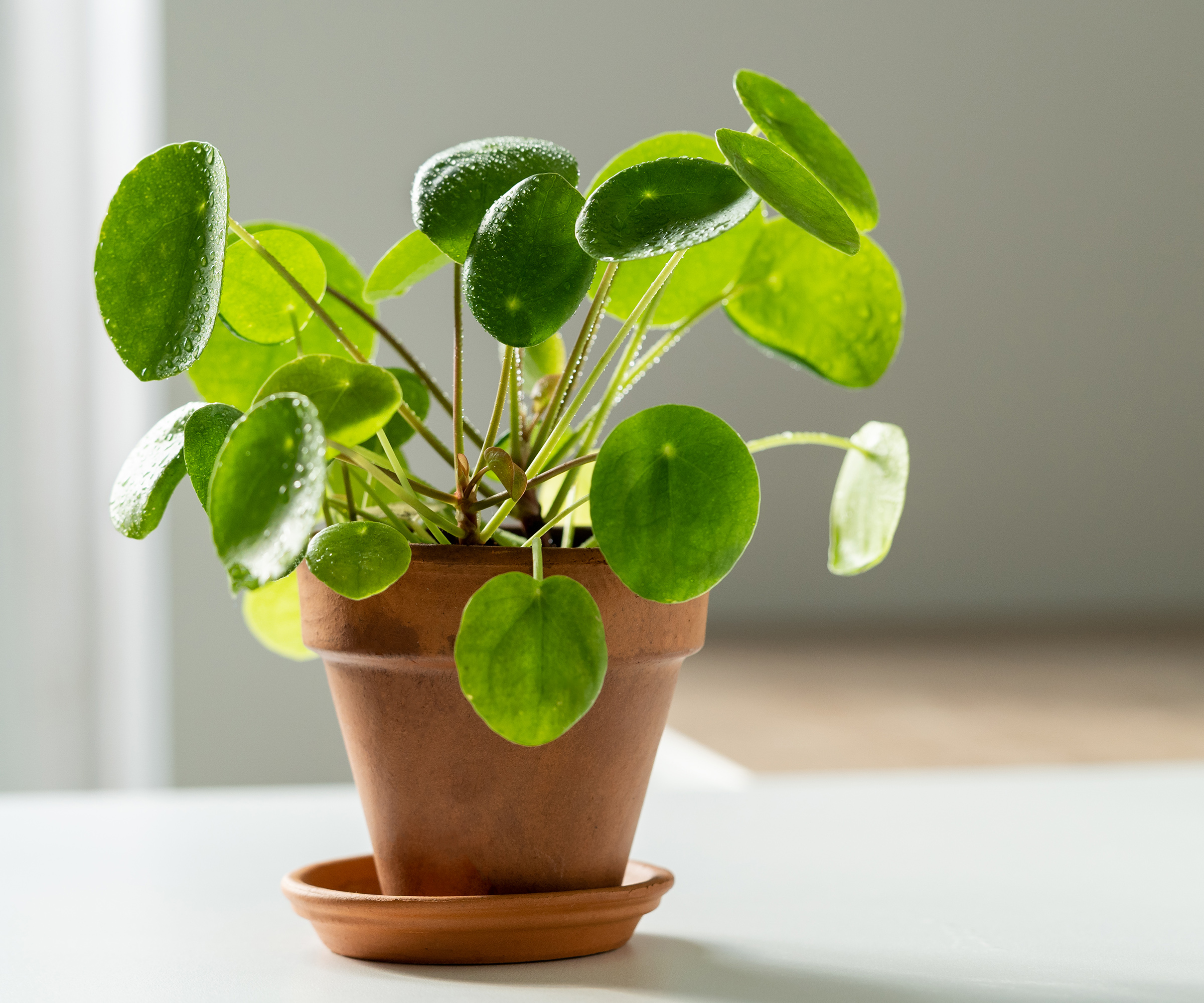
Finding the best place for your money plant is about more than just its location – it's also about ensuring the best conditions for it to thrive. Ensuring your money plant is kept healthy will allow it to continue to support financial growth and positive energy throughout your home.
On the other hand, 'If the plant is neglected the leaves shrivel, become desiccated and drop off... and this is said to predict financial hardship within the family,' warns Suzanne Roynon.
Kathryn Wilking advises, 'Place your money plant with ample light and space as the leaves expand. Growth and abundance work together to create an energy vibration of expansion for family, and wealth in these areas. Happy, thriving plants do well here either alone or with other plants. I have mine in my office, in a bright window, with other tall items to fuel additional energy vibes for growth'
FAQs
How do you propagate money plants for Feng Shui?
'One of the lovely ways you can spread a little Feng Shui magic is to root some cuttings of your money plant and gift them to friends. It’s so simple to do,' says Suzanne Roynon.
To propagate Chinese money plants, she advises: 'Gently cut off a shoot around four to six inches long just below a pair of leaves. Remove the bottom pair of leaves and put the cutting in water. In week or so, it will have sprouted roots and you can share the wealth by passing it on.'
Is there just one type of money plant for Feng Shui?
'There are a few different plants called the Chinese money plant,' explains Anjie Cho. 'These include the jade plant and Pilea peperomioides. Furthermore, there is a money tree plant: Pachira aquatica.'
The jade plant (Crassula ovata) and Pilea peperomioides are often both called the Chinese money plant, each associated with attracting prosperity in different ways.
The Pilea peperomioides, known for its round, coin-like leaves, is considered a symbol of abundance and positive energy.
Meanwhile, the jade plant, with its thick, succulent leaves, symbolizes wealth and good fortune, making it a key plant when considering where to place a jade plant for wealth according to Feng Shui.
However, when people refer to the classic money tree in Feng Shui, they’re often talking about Pachira aquatica. 'The Pachira aquatica has a braided trunk and there are many different stories of why this particular plant is considered a money tree,' says Anjie. 'Many of the stories have to do with a farmer becoming wealthy after growing them.' It's known for its ability to attract financial prosperity and good luck when placed in the right areas of the home.
When it comes to the placement of your money plant, the bathroom is best avoided, as mentioned above. Bathrooms, with their constant flow of water, are seen as spaces that may drain energy rather than support it. Additionally, Meena Jagpal-Paré, Classical Feng Shui Master and the founder of Momentum Feng Shui advises, 'To encourage optimal energy flow, keep your money tree away from areas with stagnant energy, such as cluttered spaces or dark corners. In Classical Feng Shui, maintaining a steady circulation of fresh energy throughout the home is essential. Positioning a money tree in a messy or congested spot can interfere with this flow, diminishing its positive impact.'
For other Feng Shui plants, the placement is equally important to harness their energy and ensure they contribute positively to your space. For example, where you place a peace lily according to Feng Shui plays a key role in promoting relaxation and harmony.
Sign up to the Homes & Gardens newsletter
Design expertise in your inbox – from inspiring decorating ideas and beautiful celebrity homes to practical gardening advice and shopping round-ups.

Lola Houlton is a news writer for Homes & Gardens. She has been writing content for Future PLC for the past six years, in particular Homes & Gardens, Real Homes and GardeningEtc. She writes on a broad range of subjects, including practical household advice, recipe articles, and product reviews, working closely with experts in their fields to cover everything from heating to home organization through to house plants. Lola is a graduate, who completed her degree in Psychology at the University of Sussex. She has also spent some time working at the BBC.
You must confirm your public display name before commenting
Please logout and then login again, you will then be prompted to enter your display name.
-
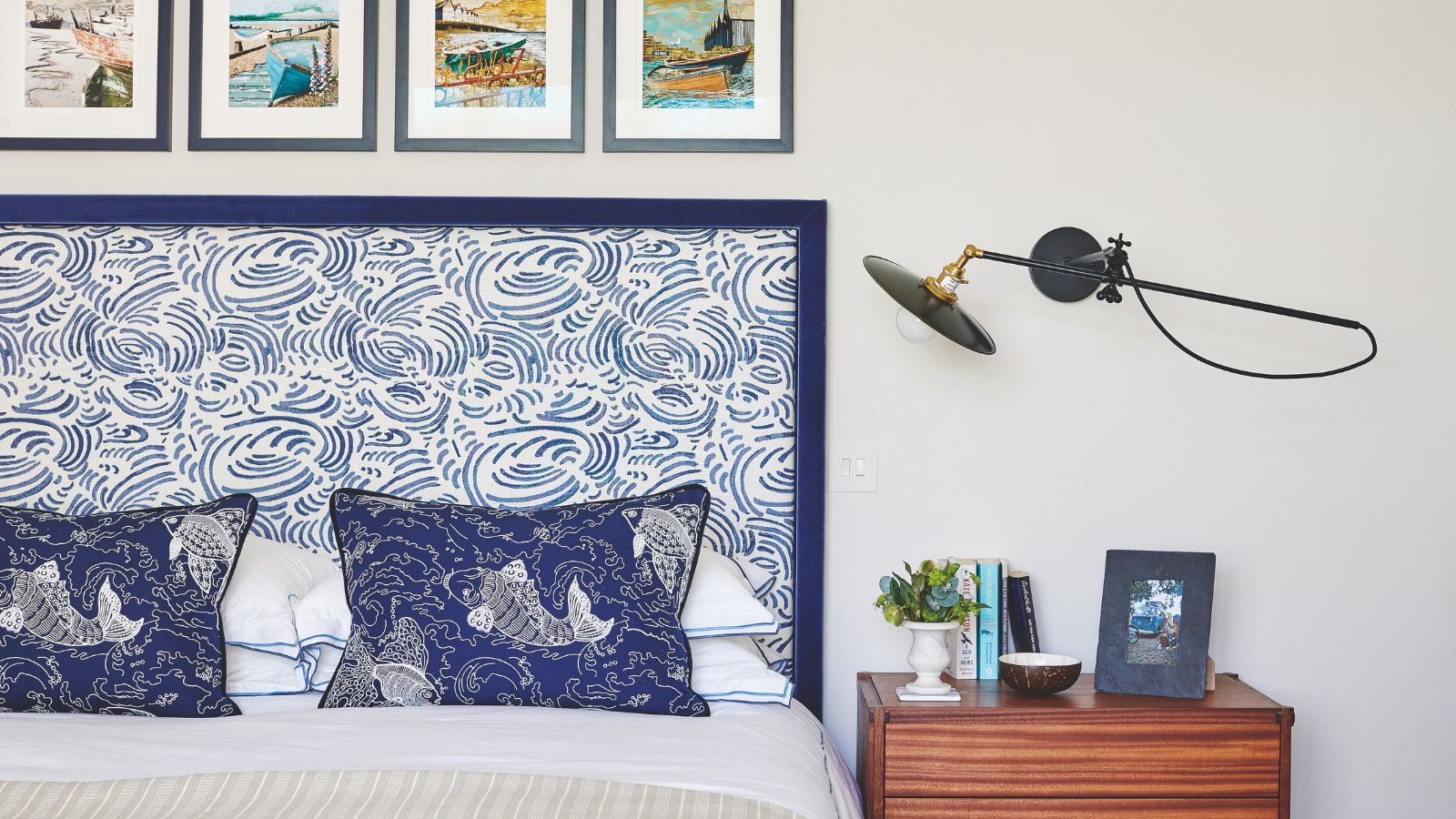 'Big results before you know it' – Experts urge you to use the ‘Take Away 10’ method for simple decluttering with zero decision fatigue
'Big results before you know it' – Experts urge you to use the ‘Take Away 10’ method for simple decluttering with zero decision fatigueIt can cut hundreds of items from your home in just a few weeks
By Ottilie Blackhall
-
 Kevin Bacon and Kyra Sedgwick's rustic kitchen island is stunning, but controversial – designers say you can get the look without the hassle
Kevin Bacon and Kyra Sedgwick's rustic kitchen island is stunning, but controversial – designers say you can get the look without the hassleA popular material finds an unorthodox home in the couple's kitchen, but experts disagree on whether it should be used – here's how to do it instead
By Sophie Edwards
